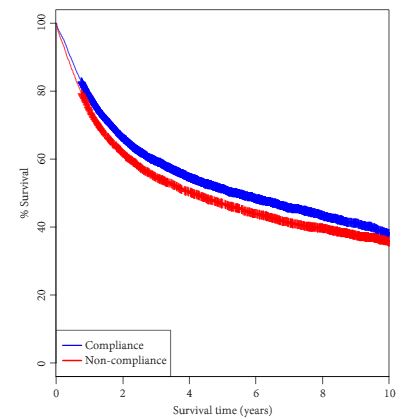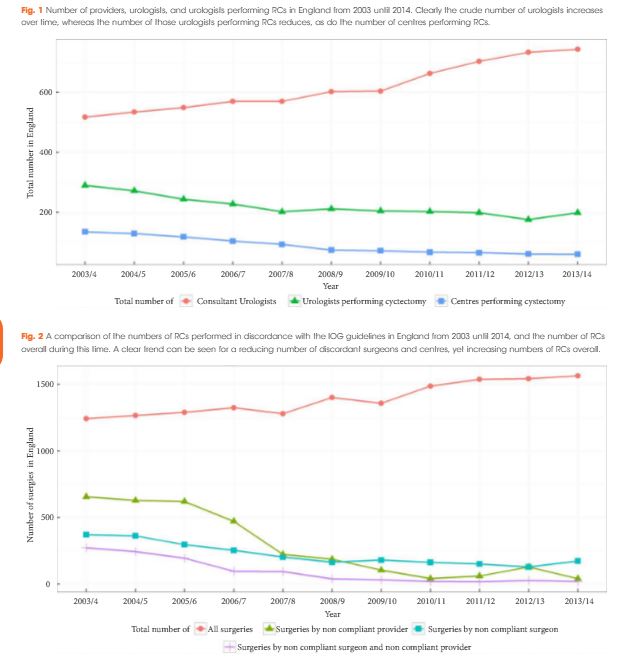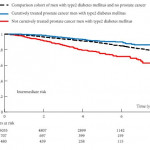Article of the Week: Centralisation of RC for bladder cancer in England
Every Week, the Editor-in-Chief selects an Article of the Week from the current issue of BJUI. The abstract is reproduced below and you can click on the button to read the full article, which is freely available to all readers for at least 30 days from the time of this post.
In addition to the article itself, there is an accompanying editorial written by a prominent member of the urological community. This blog is intended to provoke comment and discussion and we invite you to use the comment tools at the bottom of each post to join the conversation.
Finally, the third post under the Article of the Week heading on the homepage will consist of additional material or media. This week we feature a video discussing the paper.
If you only have time to read one article this week, it should be this one.
Centralisation of radical cystectomies for bladder cancer in England, a decade on from the ‘Improving Outcomes Guidance’: the case for super centralisation
Abstract
Objective
To analyse the impact of centralisation of radical cystectomy (RC) provision for bladder cancer in England, on postoperative mortality, length of stay (LoS), complications and re-intervention rates, from implementation of centralisation from 2003 until 2014. In 2002, UK policymakers introduced the ‘Improving Outcomes Guidance’ (IOG) for urological cancers after a global cancer surgery commission identified substantial shortcomings in provision of care of RCs. One key recommendation was centralisation of RCs to high-output centres. No study has yet robustly analysed the changes since the introduction of the IOG, to assess a national healthcare system that has mature data on such institutional transformation.
Patients and Methods
RCs performed for bladder cancer in England between 2003/2004 and 2013/2014 were analysed from Hospital Episode Statistics (HES) data. Outcomes including 30-day, 90-day, and 1-year all-cause postoperative mortality; median LoS; complication and re-intervention rates, were calculated. Multivariable statistical analysis was undertaken to describe the relationship between each surgeon and the providers’ annual case volume and mortality.
Results
In all, 15 292 RCs were identified. The percentage of RCs performed in discordance with the IOG guidelines reduced from 65% to 12.4%, corresponding with an improvement in 30-day mortality from 2.7% to 1.5% (P = 0.024). Procedures adhering to the IOG guidelines had better 30-day mortality (2.1% vs 2.9%; P = 0.003) than those that did not, and better 1-year mortality (21.5% vs 25.6%; P < 0.001), LoS (14 vs 16 days; P < 0.001), and re- intervention rates (30.0% vs 33.6%; P < 0.001). Each single extra surgery per centre reduced the odds of death at 30 days by 1.5% (odds ratio [OR] 0.985, 95% confidence interval [CI] 0.977–0.992) and 1% at 1 year (OR 0.990, 95% CI 0.988–0.993), and significantly reduced rates of re-intervention.
Conclusion
Centralisation has been implemented across England since the publication of the IOG guidelines in 2002. The improved outcomes shown, including that a single extra procedure per year per centre can significantly reduce mortality and re-intervention, may serve to offer healthcare planners an evidence base to propose new guidance for further optimisation of surgical provision, and hope for other healthcare systems that such widespread institutional change is achievable and positive.



